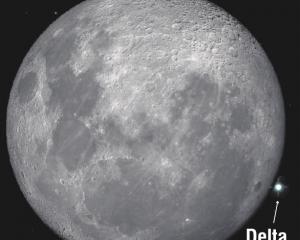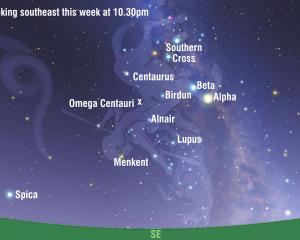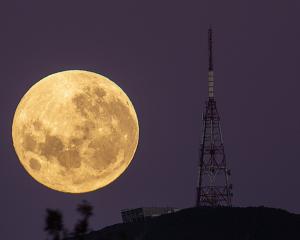
A few weeks ago, I found myself pondering about the darkness of the night sky. I was standing atop Mount John on a beautifully clear, moonless night. The sun had long set, yet the sky appeared to be much brighter than usual, so bright in fact that I was sure I could discern my shadow on the ground. I wondered what was going on and began to contemplate possible reasons for the bright sky.
The sky is never completely dark. Here in southern New Zealand we often enjoy wonderful views of the aurora australis. However, I definitely wasn't observing an aurora. This glow was visible across the whole sky and lacked visual structure. I could also rule out zodiacal light as the culprit. Zodiacal light is a weak glow caused by dust inside the earths orbit scattering sunlight. It is often visible after dusk or in the run-up to dawn.
After much thought, I realized I had to be seeing a powerful display of airglow (more properly called nightglow when seen after dark). Airglow is the natural glow of the Earth’s atmosphere caused by chemoluminescence. During the day, sunlight pumps energy into the atmosphere, some of which is absorbed by oxygen molecules. The sun’s energy breaks these molecules into individual oxygen atoms. These atoms can’t lose their excess energy very quickly and remain excited for several hours. Ultimately, the atomic oxygen manages to re-combine into molecular oxygen releasing energy, some of which is visible as green airglow.
While airglow is always present, it can vary tremendously in brightness. This is because its intensity correlates with ultraviolet radiation from the sun, which itself varies with time. This week’s long exposure was taken at Mount John. It certainly shows the intensity of the green airglow in the northern sky.
- Ian Griffin












